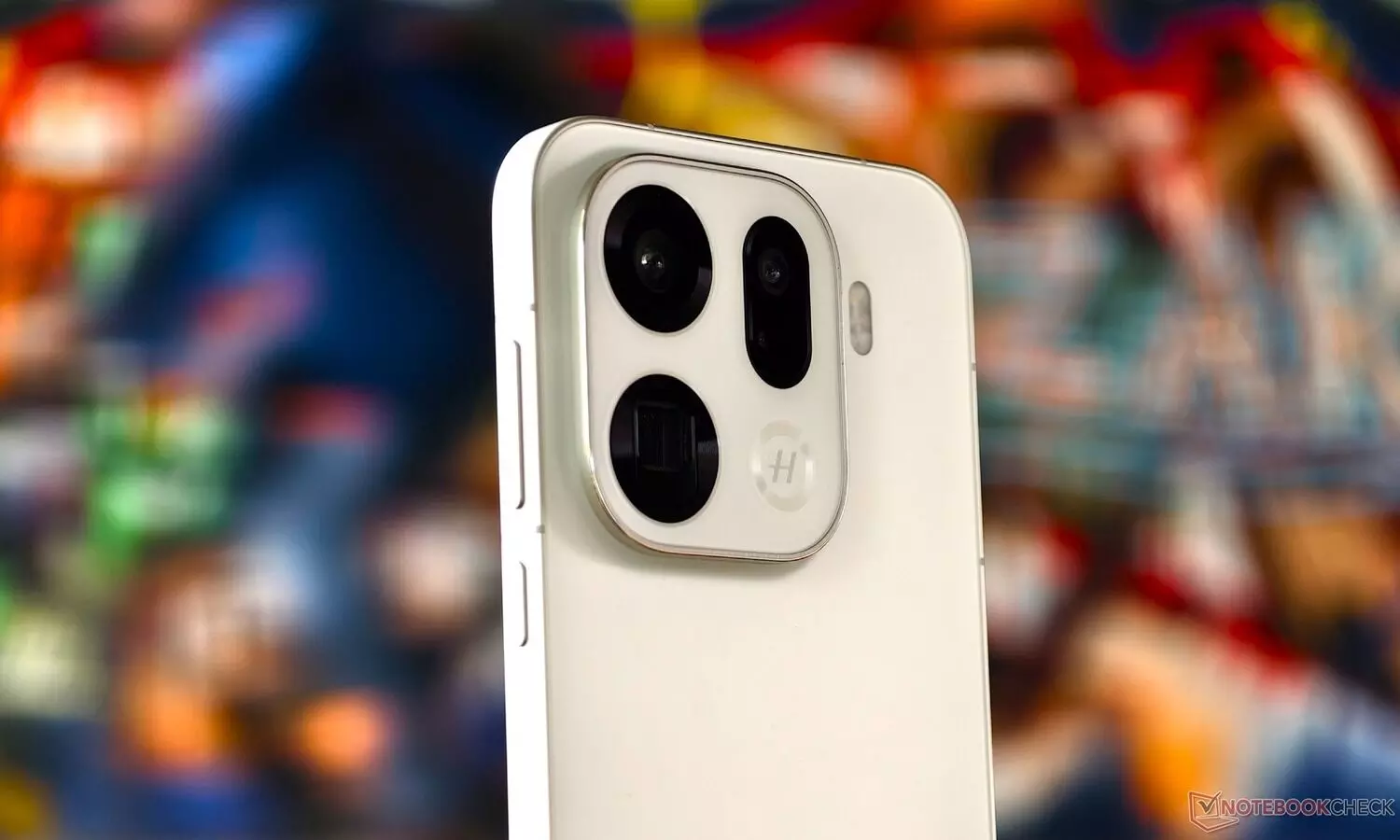Oppo Find X9 Shift Sparks Buzz: What’s Changing Inside Your Photos?
Oppo outlines major updates in Find X9 cameras, including colour accuracy, telephoto upgrades and AIGC imaging. Here’s what changes for users in daily photos.
image for illustrative purpose

Oppo together with Find X9 and Find X9 Pro has unveiled these three devices in the Indian market, which is a signal of the company's intent to further enhance the camera systems as a part of the long-term plan. The primary sensor size increase, the addition of a 200MP periscope unit in the Pro model, and improvements in the processing pipeline are all included in the new models.
Oppo's Director of Imaging Technology, Simon Liu during the launch mentioned the company's transition to "measurable" colour output, region-specific tone assessment and its expanding AI-generated imaging. The converse brought forth evident that the company is changing the way it looks at flesh-and-blood photography as more and more computational tools are taking control of the camera stack.
Colour accuracy Though Liu said the team had worked for a whole year on Oppo’s skin rendering. He proficiently said that the aim is not to remove the flaws but to make the picture very close to how the user wants to see himself or herself.
Liu further explained that the company had shifted from a rather broad preset system to structured data. The team is collecting user reactions from strictly controlled tests and is putting the feedback within numerical limits. When a person's skin tone is within that defined area, Liu stated, it is usually felt that the camera has captured him/her accurately.
He went on to say that this technique is much more reliable than the previous one which relied on the operator's subjective judgment and thus it leads to the Find X9 series having more consistent output over different lighting situations and among different user groups.
Liu stated that the colour pipeline is now being controlled by numbers, not by seeing the actual colors. Brightness, Delta Gamma results, channel distribution and several other parameters are noted down and utilized for the processing adjustment.
He mentioned that the companies do not use the statements like “too warm” or “too dark” as a basis for the adjustments anymore. Review of the numbers directed the teams and the adjacent shifts in the pipeline were made. Besides, Oppo’s joint activities with Hasselblad have been a factor in the portrait tuning and the telephoto environment on the Find X9 series.
The teleconverter kit that was made for the Find X9 Pro raised eyebrows straight away because it was just a lazy cover over the whole camera island when it is on. Liu said the decision was intentional.
He went on to say that teleconverters are made for the maximum zoom lens. He added that if the users are allowed to mount it on a different camera, it will cause confusion and lead to the creation of inferior quality images. Only the telephoto module will be used with the converter for that reason.
When asked if the kit is not making the phone cross the border into mirrorless territory, Liu replied that the company was never discussing limiting the accessories. It’s up to the users to determine the extent to which they want to go.
The marketing of mobile phones does not put limits on the period during which Oppo will refine the imaging pipeline. Liu has it that the field data, rare use-cases, and ongoing reports are the basis of the updates that roll out throughout a device’s lifetime.
He also mentioned models like the Find X8, which are still receiving adjustments in the pipeline. The company considers imaging as a feature that is always changing, not a one-time release. Hence, the Find X9 series will also be refreshed with similar updates.
Which model is ideal for a specific shooting style?
When Liu was asked about which device is best for travel, street, or video work, he said that naturally, the Pro version with its telephoto hardware has more range. However, he also said that very often the choice boils down to the grip.
He mentioned that users with little hands might perceive the standard Find X9 as a more manageable device and that they should base their selection of phones for photography on their comfort rather than on the specifications listed on the sheets.
Liu referred to AIGC as a revolutionary change in smartphone imaging. According to him, a big part of what consumers perceive in extreme low light or high-contrast scenes is already modulated by the application of models trained on huge datasets.
He stated that in cases where the camera gets very little real input, the algorithms are presently working to reconstruct the missing areas of the frame. If this is taken to the extreme, he remarked, it might be possible for phones to create visible pictures even if the lens is entirely covered, just by relying on context and the patterns learned.

